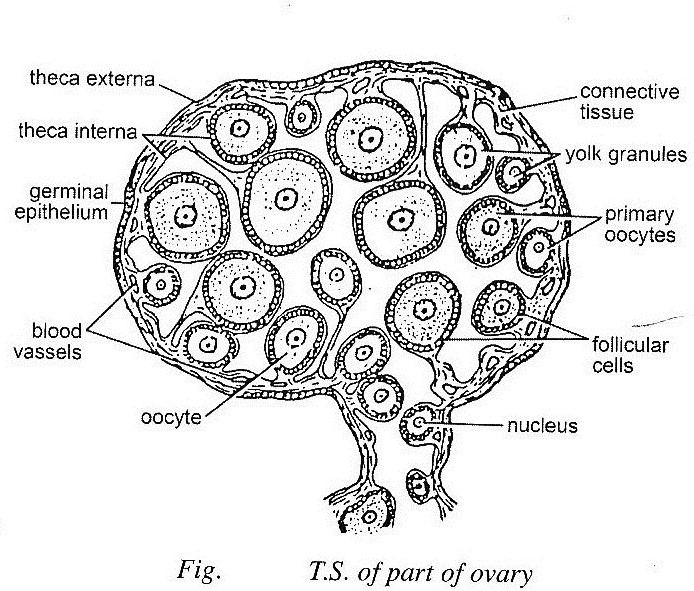

With our affordable courses like Lakshya, Udaan and Arjuna and many others, we have been able to provide a platform for lakhs of aspirants.įrom providing Chemistry, Maths, Physics formula to giving e-books of eminent authors like RD Sharma, RS Aggarwal and Lakhmir Singh, PW focuses on every single student's need for preparation. Physics Wallah's main focus is to make the learning experience as economical as possible for all students. We believe in empowering every single student who couldn’t dream of a good career in engineering and medical field earlier. PW strives to make the learning experience comprehensive and accessible for students of all sections of society. We successfully provide students with intensive courses by India's top faculties and personal mentors. Physics Wallah also caters to over 3.5 million registered students and over 78 lakh+ Youtube subscribers with 4.8 rating on its app. We also provide extensive NCERT solutions, sample papers, NEET, JEE Mains, BITSAT previous year papers, which makes us a one-stop solution for all resources. Physics Wallah is India's top online ed-tech platform that provides affordable and comprehensive learning experience to students of classes 6 to 12 and those preparing for JEE and NEET exams. Maximum changes during metamorphosis occur in blood vascular system while minimum changes take places in nervous system. It respires with gill for sometime and lungs for sometime.ĭuring metamorphosis, tail starts disappearing, gills disappear, pronephric kidney changes to mesonephric, hind limb grow longer, lateral line organ disappear. With further growth, develops four pairs of gill-slits in the region of pharynx and operculum opens out through a branchial aperture on left side.įorelimb buds are covered by opercula. It is herbivorous with a long and coiled intestine. It has three pairs of external gills for respiration. Larva swims actively in water with the help of tail and its caudal fin. Each egg undergoes cleavage, blastula stage, gastrula stage followed by development of larva called tadpole larva inside the egg. When laid, the eggs are enclosed in jelly which is mainly protective.įertilization external. Mass of ova released by female frog during copulation is called spawning. Paired long, convoluted, whitish tube are present on either side of theīody cavity and open into body cavity through ciliated funnel-like openings called ostia at the level of oesophagus.Īn enlargement (ovisac) is present with each oviduct before opening into cloaca for temporary storage of ova. The side having yolk is called vegetal pole and the opposite end is animal pole. Mature ova breaks through the follicle, ovarian wall and released into the body cavity (ovulation). Ovary contains a number of follicles with various development stages of ova. Reproductive system of a female frog (ventral view) Mass of sperms released out by male during copulation is called milt.įemale reproductive system has a pair of an irregularly lobed, large ovary attached to the antero-ventral part of each kidney and also inner surface of dorsal body wall called mesovarium.įig.

Male cloaca is known as urinogenital sinus as it receives urine as well as sperms. (No seminal vesicle is present in Rana tigrina). Sperms are stored temporarily in the seminal vesicle before copulation. In some species of frog, in breeding season, the distal part of the urinogenital duct dilates to form a temporary seminal vesicle. Bidder’s canal transports sperms to ureter via collecting tubules. From each testis 10-15 small ducts come out and are linked to Bidder’s canal present at the inner margin of the kidney. Testes are made up of seminiferous tubules for producing sperms. Testes are oval, yellowish connected to the kidney and also to the inner surface of dorsal body wall by mesorchium.


 0 kommentar(er)
0 kommentar(er)
